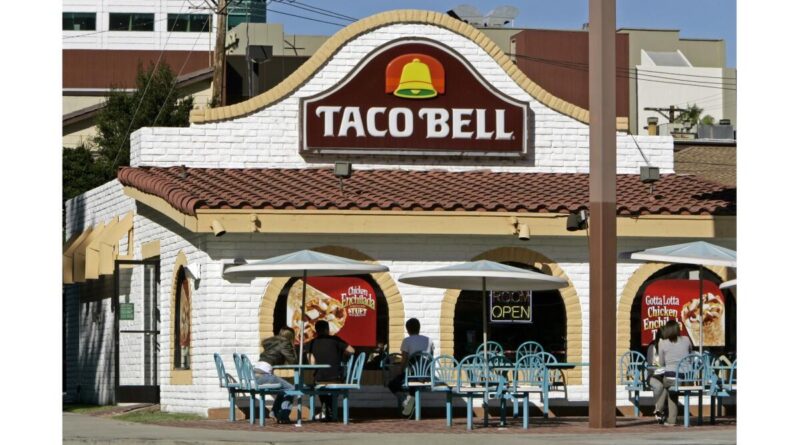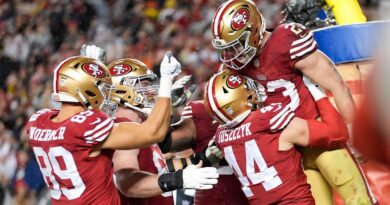History of Taco Bell Founded in Irvine California
Taco Bell, one of the world’s most recognizable fast-food brands, is known for its unique take on Mexican-inspired cuisine. From tacos and burritos to nachos and quesadillas, Taco Bell has become a staple in the fast-food industry. However, the journey from a single taco stand in Downey, California, to a global phenomenon is a story of innovation, entrepreneurship, and a deep understanding of consumer tastes. This article explores the history of Taco Bell, tracing its origins in Downey and its rise to become a fast-food empire.
The Visionary Behind Taco Bell: Glen Bell
The story of Taco Bell begins with Glen Bell, a young entrepreneur with a passion for the food industry. Born in 1923 in Lynwood, California, Bell grew up during the Great Depression, a period that shaped his work ethic and entrepreneurial spirit. After serving in the U.S. Marine Corps during World War II, Bell returned to California with the ambition of starting his own business.
In 1948, Bell opened his first food venture, a hot dog stand called Bell’s Drive-In, in San Bernardino, California. However, Bell quickly noticed the growing popularity of Mexican food, particularly tacos, among the local Hispanic community. He realized that there was a significant opportunity to introduce tacos to a broader audience, especially in a format that could be served quickly and efficiently.
Bell began experimenting with taco recipes and developed a method for making hard-shell tacos that could be produced quickly and consistently. After refining his concept and opening a few small taco stands under different names, Bell was ready to launch his most ambitious project yet.
The Birth of Taco Bell in Downey, California
In 1962, Glen Bell opened the first official Taco Bell restaurant in Downey, California. Located at 7112 Firestone Boulevard, the restaurant was modest in size, featuring a distinctive mission-style design with a walk-up window where customers could order and pick up their food. The menu was simple, offering tacos, burritos, frijoles (beans), and tostadas, all priced at just 19 cents each. Despite its simplicity, the restaurant quickly became popular with locals for its flavorful, affordable food and fast service.
Bell’s vision for Taco Bell was to create a brand that could be replicated across the country, providing a consistent, high-quality dining experience at each location. The success of the first Taco Bell in Downey proved that there was a strong demand for Mexican-inspired fast food, and Bell began to explore opportunities for expansion.
Expansion and Franchising: Building a National Brand
Recognizing the potential for Taco Bell to become a national brand, Glen Bell began franchising the concept in 1964. The first franchise location opened in Torrance, California, and like the original Downey location, it quickly became a hit with customers. The franchising model allowed Taco Bell to expand rapidly, with new locations opening across California and eventually in other states.
By 1967, there were over 100 Taco Bell restaurants in operation, and the brand was well on its way to becoming a household name. The company’s growth was fueled by its ability to offer a consistent menu at affordable prices, combined with a strong brand identity that resonated with a wide range of consumers.
Going Public and National Expansion
Taco Bell’s rapid growth in the 1960s and 1970s culminated in the company going public in 1970. The initial public offering (IPO) provided the capital needed to accelerate the company’s expansion and build its brand on a national scale. As part of its growth strategy, Taco Bell began to innovate with its menu, introducing new items like the Bell Beefer (a taco-inspired burger) and the Enchirito (a combination of an enchilada and a burrito). These menu innovations helped to differentiate Taco Bell from other fast-food chains and attracted a loyal customer base.
Acquisition by PepsiCo and Continued Growth
In 1978, Taco Bell was acquired by PepsiCo, a multinational food and beverage company, for $125 million. The acquisition marked a new chapter in Taco Bell’s history, as it became part of PepsiCo’s restaurant division, which also included brands like Pizza Hut and KFC. Under PepsiCo’s ownership, Taco Bell continued to expand its footprint both domestically and internationally.
PepsiCo’s resources and expertise in marketing and operations helped Taco Bell scale its business even further. The company invested in national advertising campaigns, including the memorable “Run for the Border” slogan, which helped to solidify Taco Bell’s brand identity. By the late 1980s, Taco Bell had become one of the largest fast-food chains in the United States, with thousands of locations across the country.
Innovation and Menu Expansion
Throughout the 1990s and 2000s, Taco Bell continued to innovate and expand its menu to appeal to a broader range of customers. The introduction of items like the Crunchwrap Supreme, the Cheesy Gordita Crunch, and the Doritos Locos Tacos showcased Taco Bell’s ability to create unique and crave-worthy products that set it apart from competitors.
In addition to menu innovation, Taco Bell also embraced new dining formats, including drive-thru service, late-night hours, and value menus. The introduction of the “Fourth Meal” campaign, which targeted late-night diners, further reinforced Taco Bell’s position as a go-to destination for affordable and convenient food at any time of day.
Independence and Global Expansion
In 1997, PepsiCo spun off its restaurant division, including Taco Bell, into a separate company called Tricon Global Restaurants, Inc. This new entity later became Yum! Brands, Inc., which also included KFC and Pizza Hut. As part of Yum! Brands, Taco Bell continued to grow, both in the United States and internationally.
Taco Bell’s international expansion began in earnest in the 1990s and 2000s, with new locations opening in countries such as Canada, Mexico, the United Kingdom, India, and Japan. While the brand faced challenges in some markets due to cultural differences and competition, it also found success by adapting its menu to local tastes and preferences.
Recent Developments and the Future of Taco Bell
In recent years, Taco Bell has continued to evolve to meet the changing needs and preferences of consumers. The company has embraced digital innovation, launching mobile ordering and delivery services to enhance convenience for customers. Taco Bell has also introduced vegetarian and vegan menu options, responding to the growing demand for plant-based foods.
Taco Bell has also focused on sustainability, with initiatives to reduce waste, use more sustainable packaging, and support local communities through various philanthropic efforts. The company’s commitment to innovation, inclusivity, and sustainability positions it well for continued success in the fast-food industry.
As of today, Taco Bell operates over 7,000 locations in more than 30 countries, serving millions of customers each week. The brand’s enduring popularity is a testament to its ability to adapt to changing market conditions while staying true to its core mission of providing affordable, flavorful, and convenient food.
Conclusion
From its humble beginnings in Downey, California, Taco Bell has grown into a global fast-food powerhouse, known for its innovative menu, strong brand identity, and ability to connect with customers around the world. The history of Taco Bell is a story of vision, perseverance, and a deep understanding of what consumers want. As the brand continues to evolve and expand, it remains a leader in the fast-food industry, always looking for new ways to delight its customers and stay ahead of the competition.
Discover more from City Towner
Subscribe to get the latest posts sent to your email.




